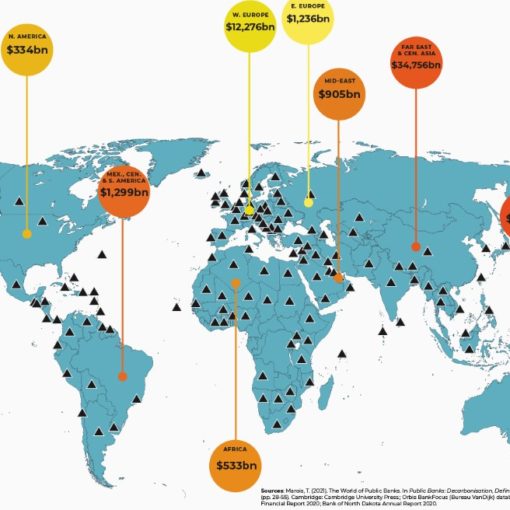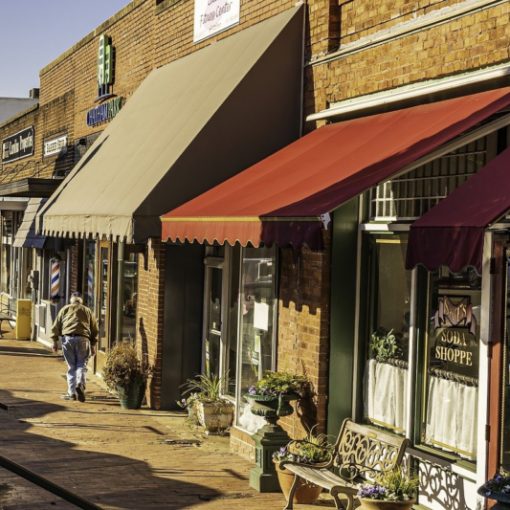Local U.S. governments collectively pay $160 billion annually just for interest on loans. Half the cost of infrastructure is interest, which normally goes to wealthy bondholders. The Bay Bridge Retrofit in Oakland, CA, for instance, cost $6 billion in principal plus another $6 billion in interest. With low rates from a public bank, infrastructure costs can be substantially reduced.
Local governments also pay oversized fees to private banks to manage their deposits and payments. A public bank can provide services and credit “at cost,” returning any profits to the public purse to be used for local development and services. Public banks can also target investment where the big banks have abandoned us: small businesses and local economies.
States and cities can save billions
Private banking and finance are expensive. In Los Angeles, for example, more is spent on Wall Street fees each year than on the city’s roads. California school districts have financed construction projects with capital appreciation bonds that often cost over 3 times the principal amount of the loan. Debt-strapped governments may be forced to sell off public assets, which means higher user fees and tolls for residents. Public banks can put an end to this enormous drain on communities’ wealth.
Local economies can thrive with true investment
Public banks have a mandate to stimulate their local economies, which means hometown investments and rebuilding. They have lower costs than private banks and don’t need to maximize short-term profits to please shareholders. Instead, they can pour their resources into improving the long-term prospects of the local economy and its infrastructure, benefiting the region as a whole.



